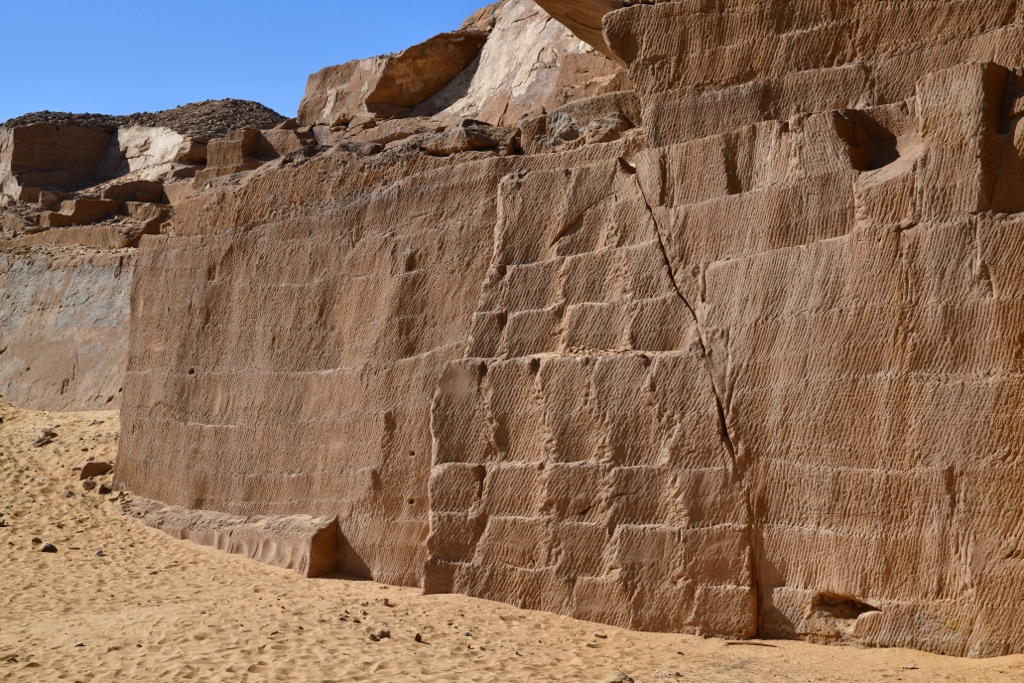Gebel el-Silsila, also known as the Chain of Mountains, is a notable archaeological site in Egypt. It’s famous for its impressive sandstone quarries and rich historical significance. The site served as a major quarrying area for the ancient Egyptians, providing materials for many of their monumental constructions. It also features a series of rock-cut temples, stelae, and shrines that date back to the New Kingdom period. The site offers a unique glimpse into the lives and religious practices of the workers and officials who lived there during ancient times.
The Ancient Egyptians
Ancient Egyptian Historical Sites and Ruins
Egyptian Mythology
Ancient Egyptian Artifacts
| Ankh Cross |
| Dream Stele |
Historical Figures
| Ramses II |
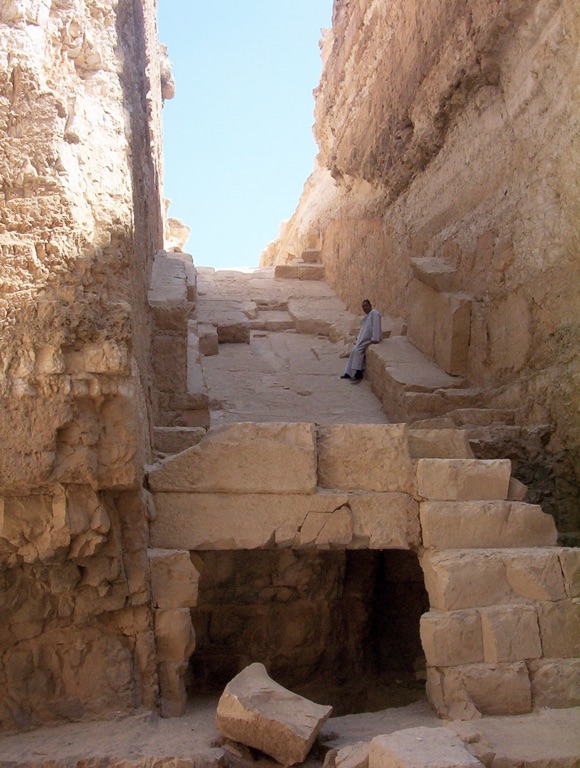
Abu Rawash
Abu Rawash is the site of Egypt’s northernmost pyramid, the mostly ruined Pyramid of Djedefre, the successor and son of Khufu. Although not as famous as the pyramids at Giza, it holds significant historical importance. The site offers insights into the development of Egyptian funerary architecture and the political shifts of the Old Kingdom. The pyramid complex, which includes the remains of a mortuary temple and a satellite pyramid, has been the subject of archaeological interest for over a century.
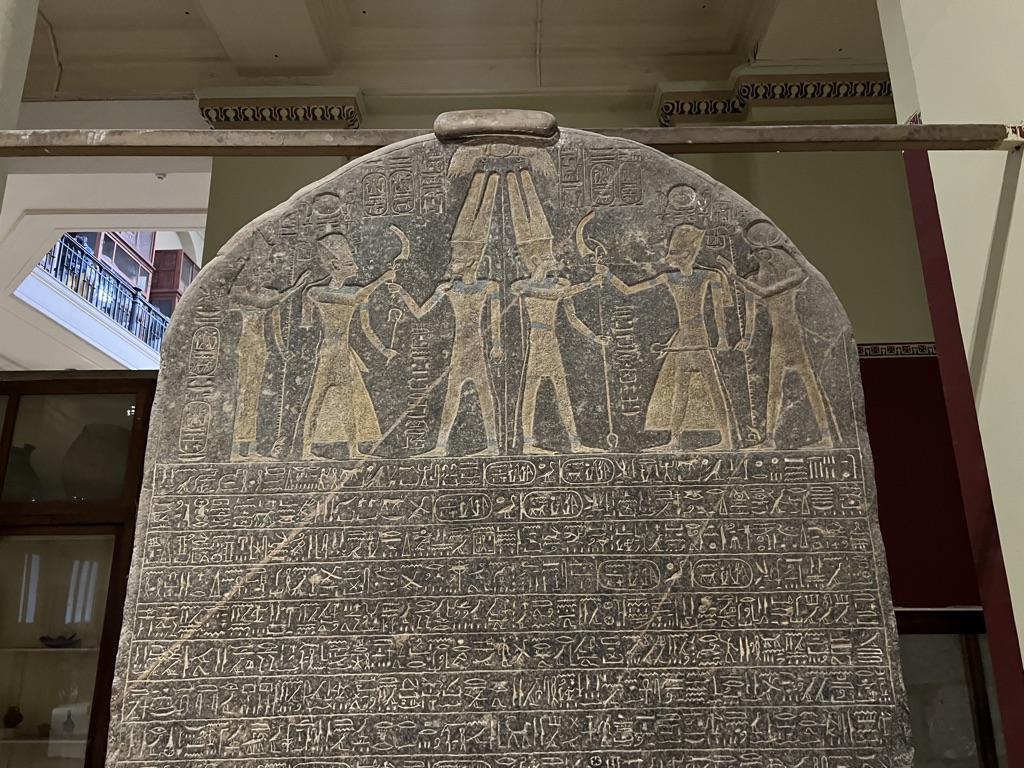
The Merneptah Stele
The Merneptah Stele, also known as the Israel Stele or the Victory Stele of Merneptah, is an ancient Egyptian artifact of significant historical importance. It is a granite slab inscribed with hieroglyphs that commemorate the military victories of Pharaoh Merneptah, who ruled Egypt from 1213 to 1203 BC. The stele is particularly notable for containing the earliest known mention of Israel in a non-biblical source. This mention has made the stele a valuable artifact in the study of ancient Near Eastern history, especially the history of ancient Israel and its neighboring cultures.
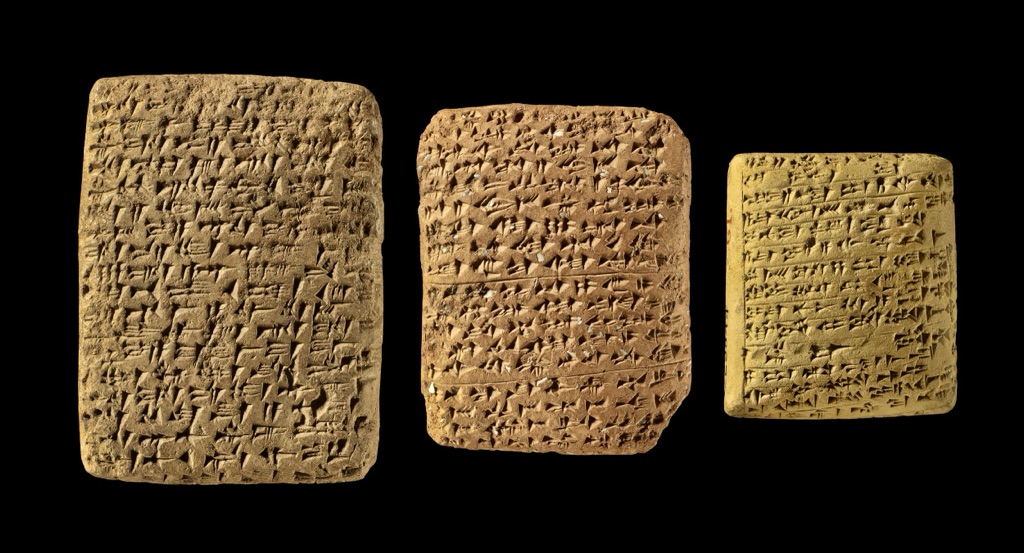
The Amarna Letters
The Amarna Letters are a collection of clay tablets inscribed with diplomatic correspondence. They provide a window into the political landscape of the ancient Near East during the 14th century BCE. Discovered in Amarna, Egypt, these tablets contain messages between the Egyptian administration and its counterparts. They include letters from various rulers of the Near East and are written in Akkadian, the diplomatic language of the time. The Amarna Letters are invaluable for understanding the history, politics, and diplomacy of the Late Bronze Age.
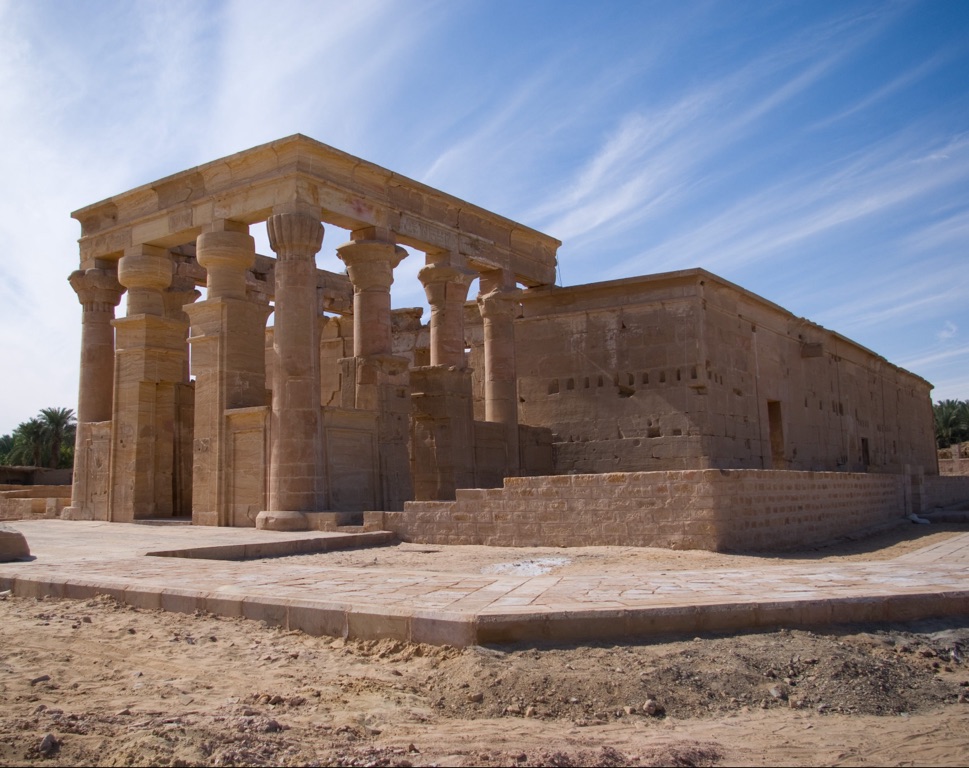
Temple of Hibis
The Temple of Hibis stands as a remarkable testament to ancient Egyptian civilization, nestled in the Kharga Oasis. It is the largest and most well-preserved temple in the oasis, dedicated to the Theban triad of Amun, Mut, and Khonsu. The temple showcases a blend of Egyptian architectural styles, with influences from the Persian period. Its walls are adorned with intricate inscriptions and vibrant paintings that have withstood the test of time, offering a glimpse into the religious practices and artistic achievements of the era.
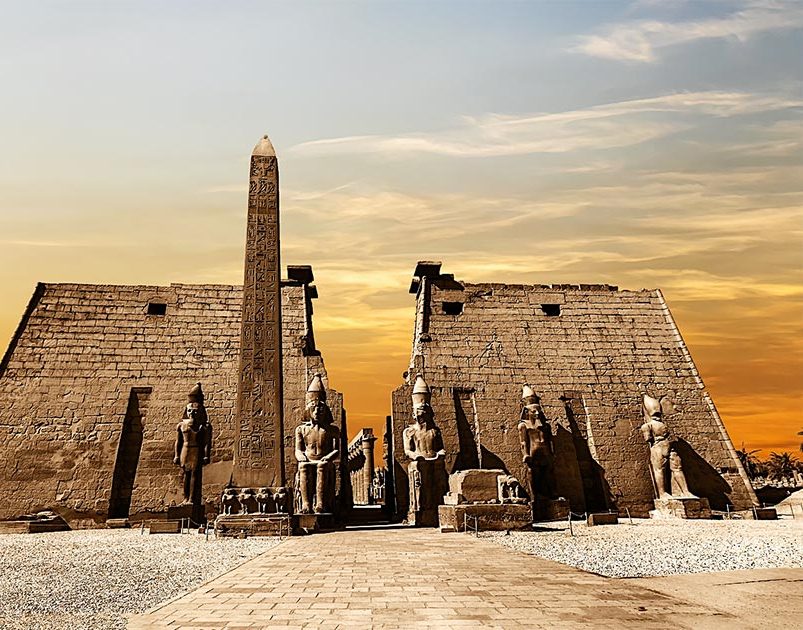
Luxor Temple
The Luxor Temple is a magnificent ancient Egyptian temple complex located on the east bank of the Nile River in the city now known as Luxor (ancient Thebes). Renowned for its grandeur, the temple was dedicated to the rejuvenation of kingship; it might have been where many of the pharaohs of Egypt were crowned. Constructed primarily by Amenhotep III and Ramses II, this temple has stood for thousands of years as a testament to the religious and political might of the pharaohs. It has served as a place of worship, a part of the city’s infrastructure, and a historical touchstone for scholars and tourists alike.

